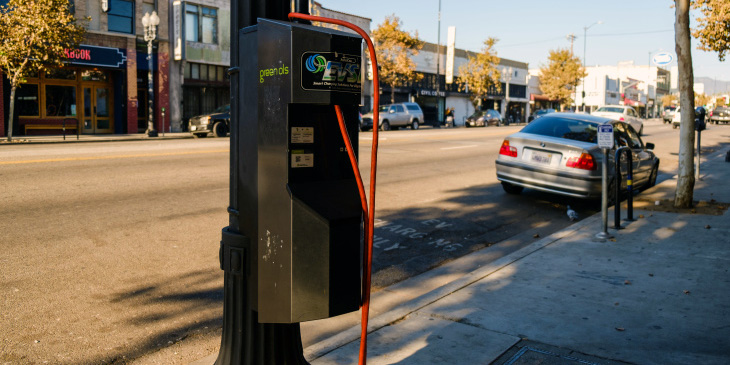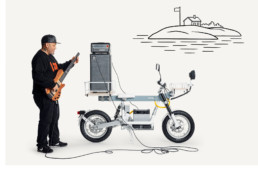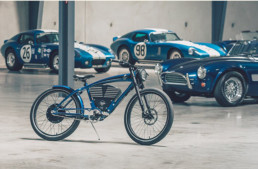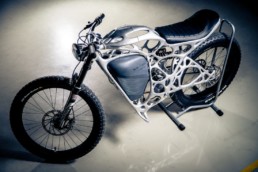Jay Donovan’s Baresteel Designs Is A Masterpiece In Metal
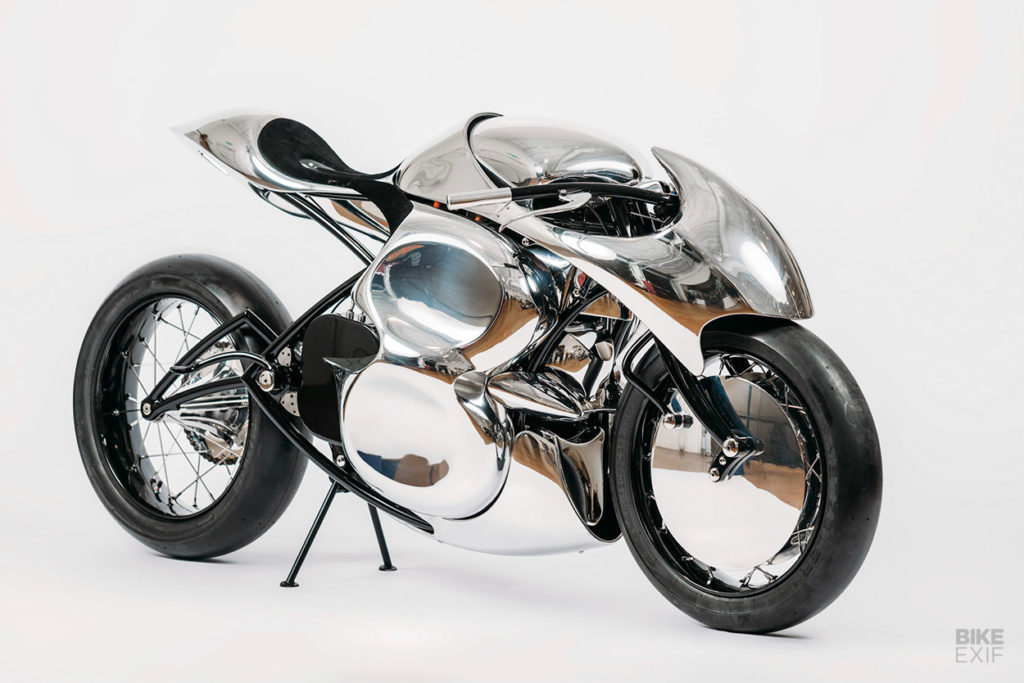
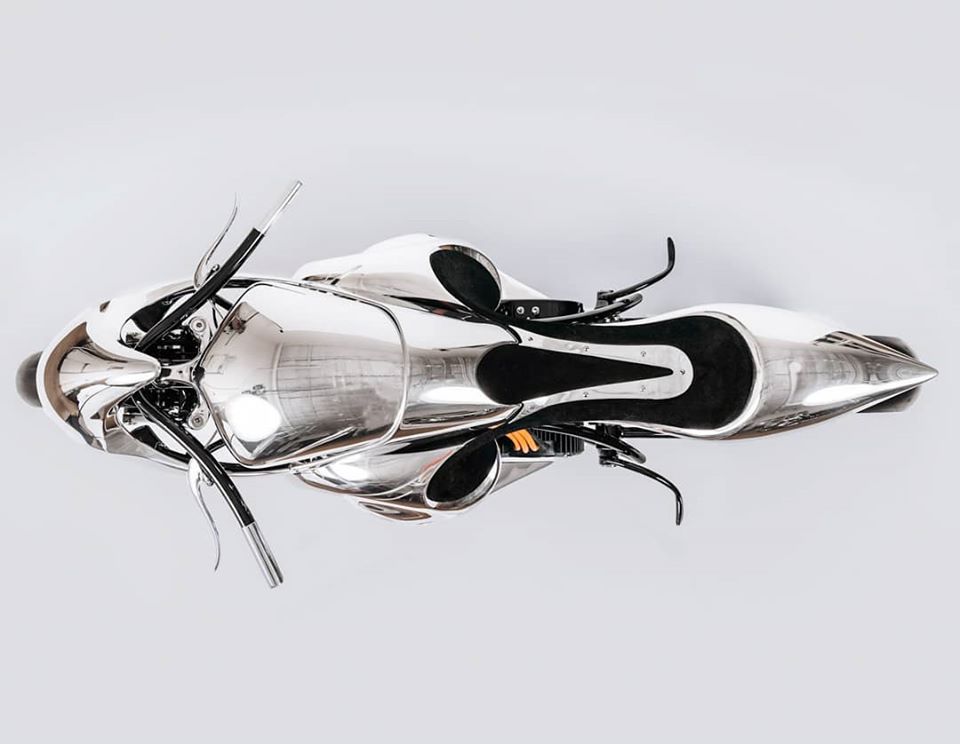
The Carbogatto H7 Is Carbon Molded Magic
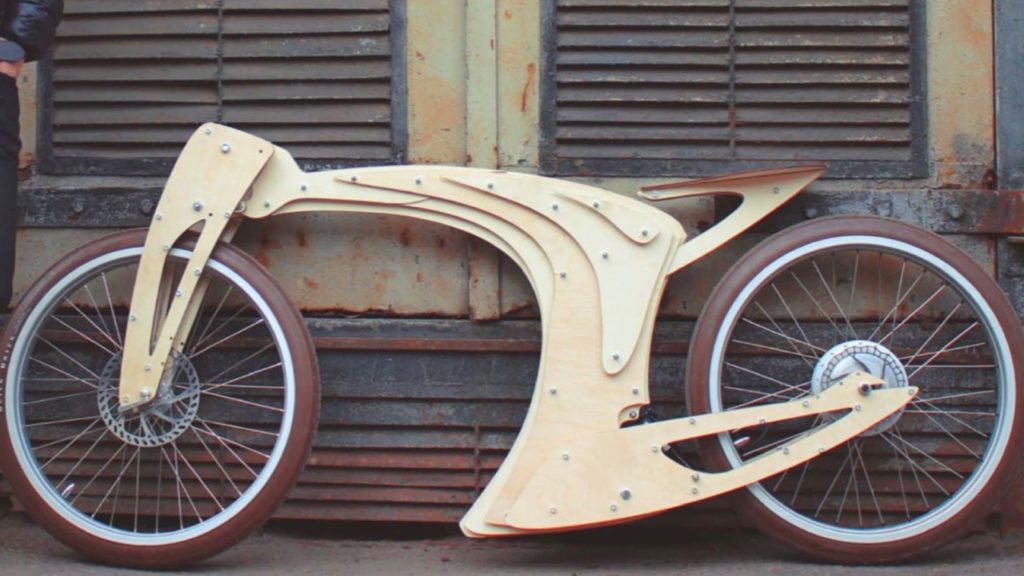
Enjoy this amazing conceptual construction video!
The “Carbon Cat” was originally the idea of Russian transportation visionary, Igor Stepanov, who felt there was definitely a place for more unique designs within the electric transportation sphere. Stepanov’s sketch transitioned from a plywood prototype to a carbon copy that is now ready to ride. Watch robots assemble the bike.
BST Busts Boundaries With Its Naked Carbon Design
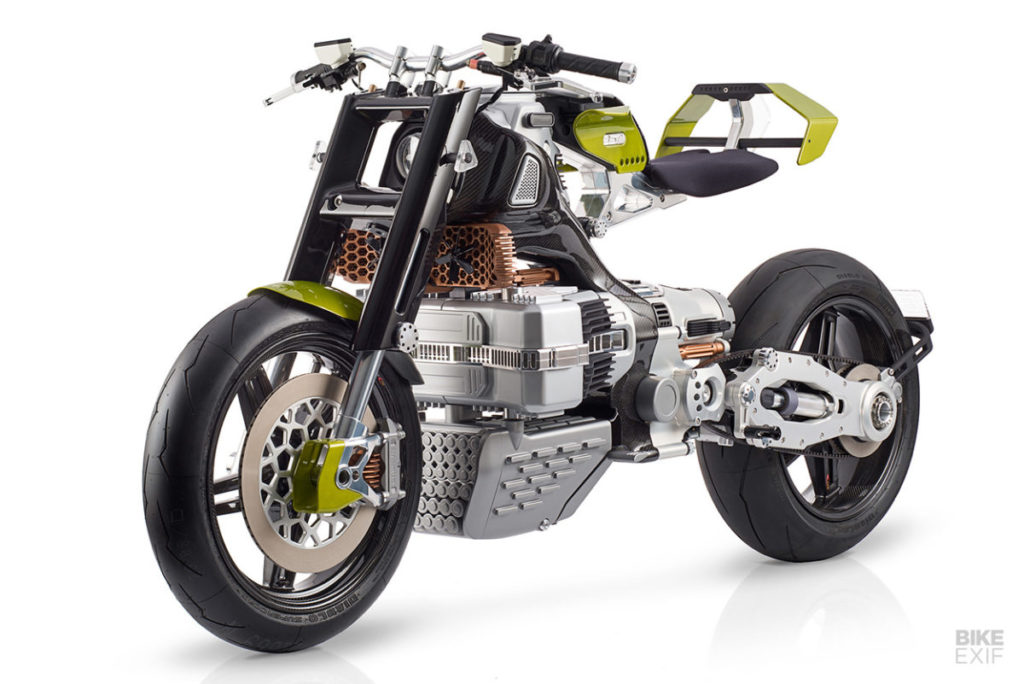
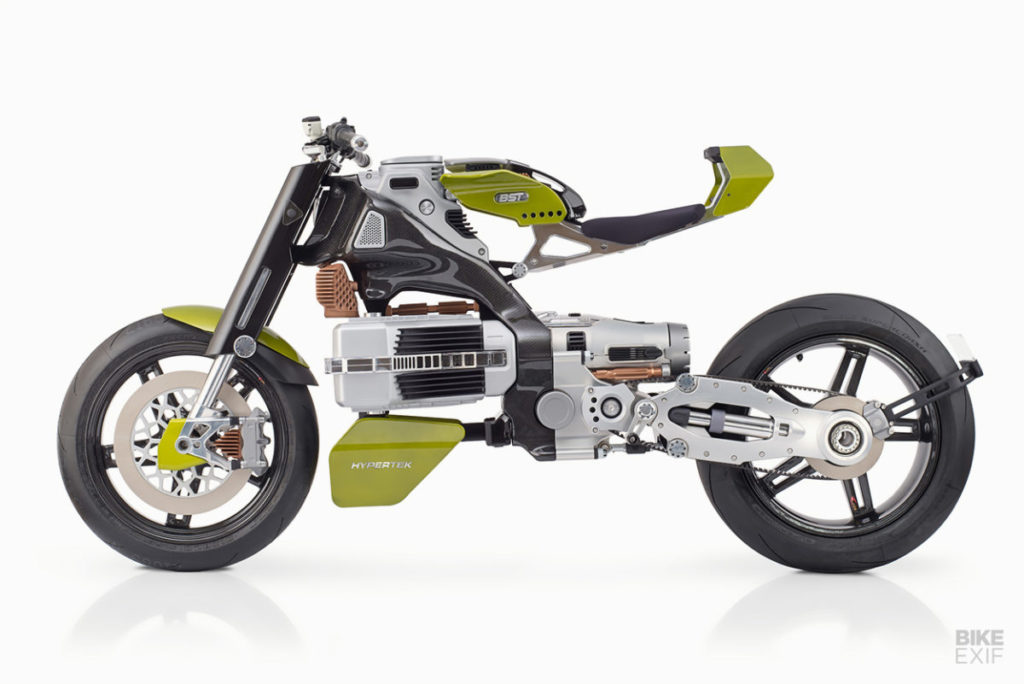
Introducing the Ultraviolette F77
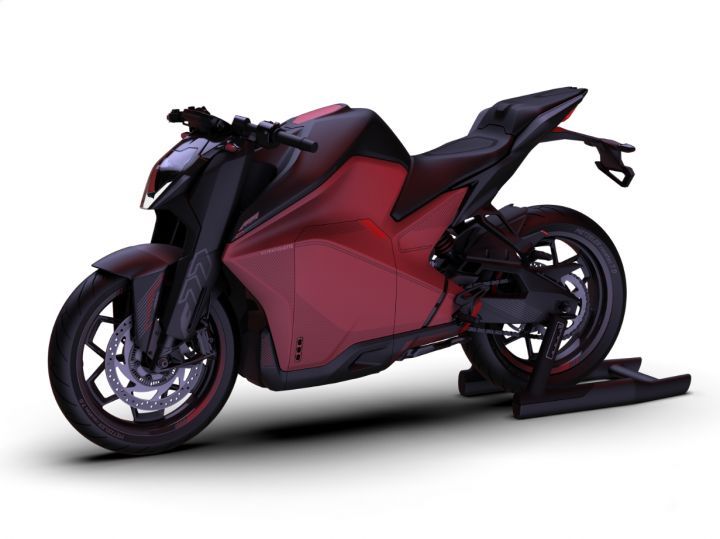
Carota Classic Cruiser Concept Is Electric, Pun Intended
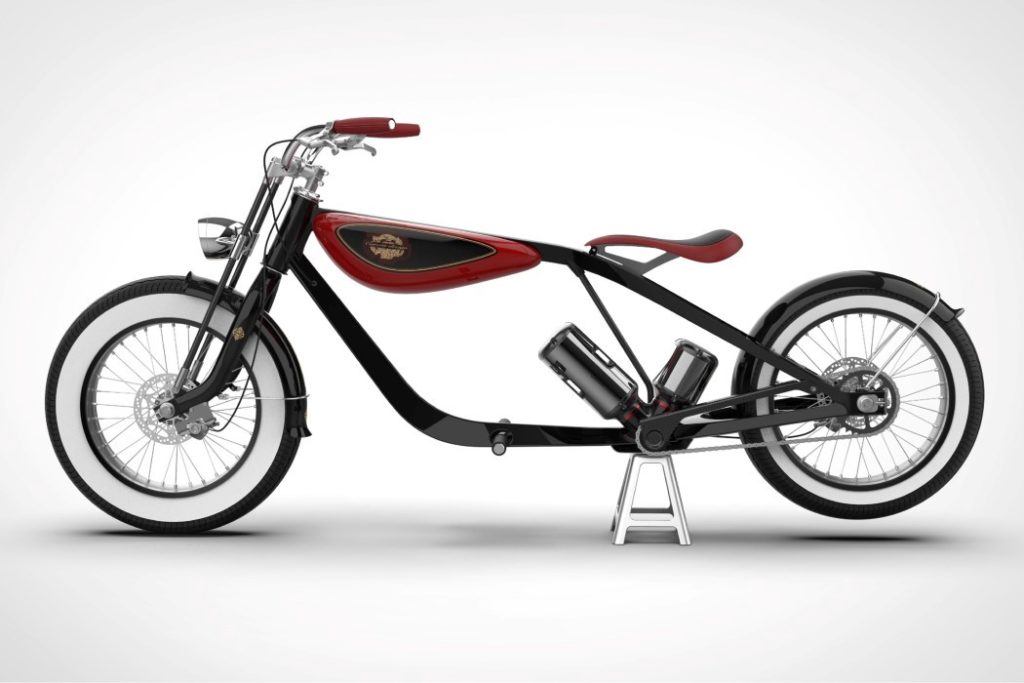
This eBike’s Alright
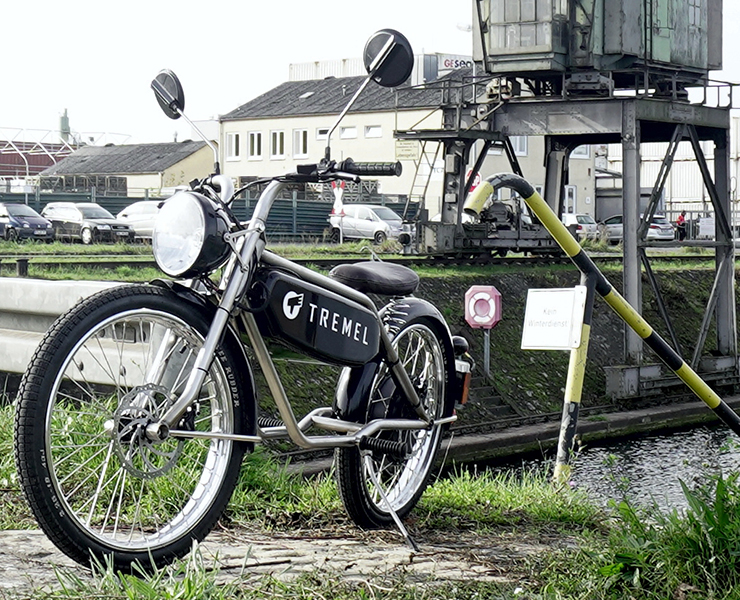
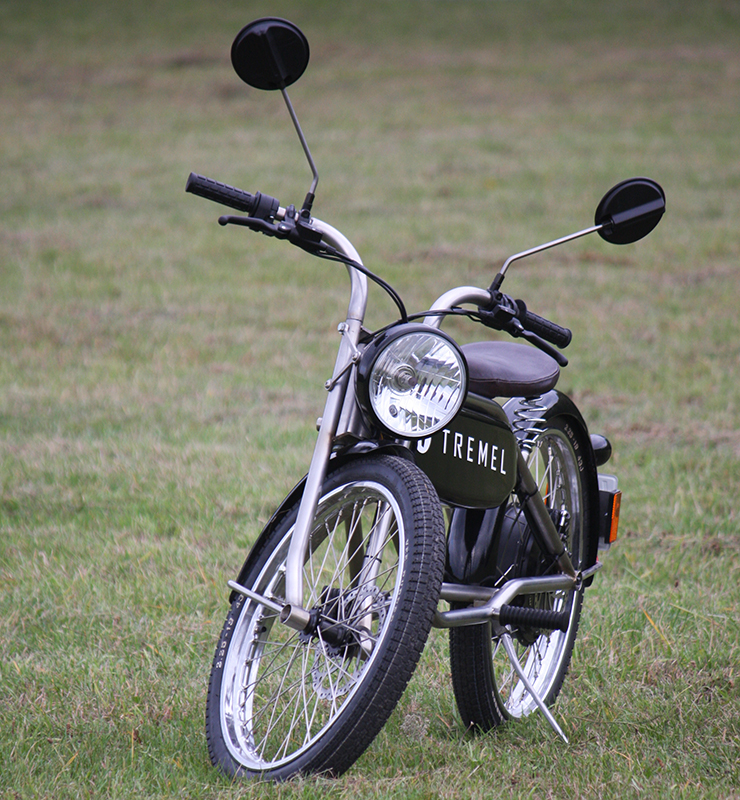
The Xiaomi HIMO H1 Transformer – Pick Your Spirit Warrior

Much like the manual Razr scooter, the HIMO H1 seems like the perfect upgrade from walking. The 180w HIMO H1 won’t ever push past 12mp, travels between 11 – 12.5 miles on a single battery charge, and recharges to full in three to four hours on a regular outlet-just enough time to get some work done or find your fabulous outfit for your next fashionable encounter.
“Zapp’s A Great Scooter!”
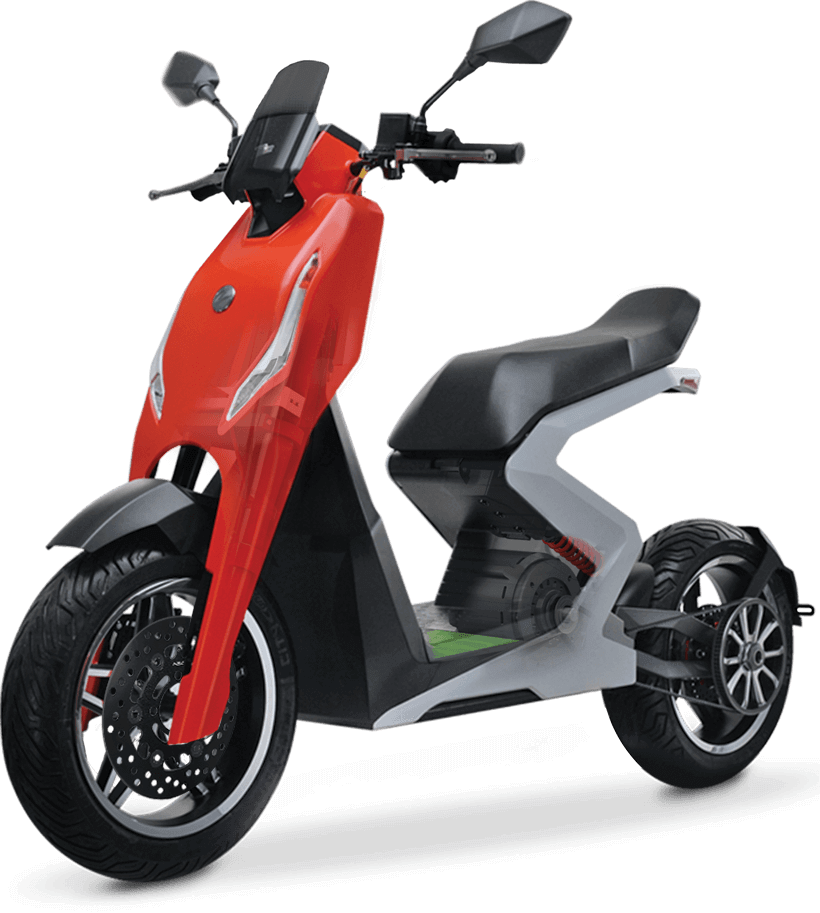
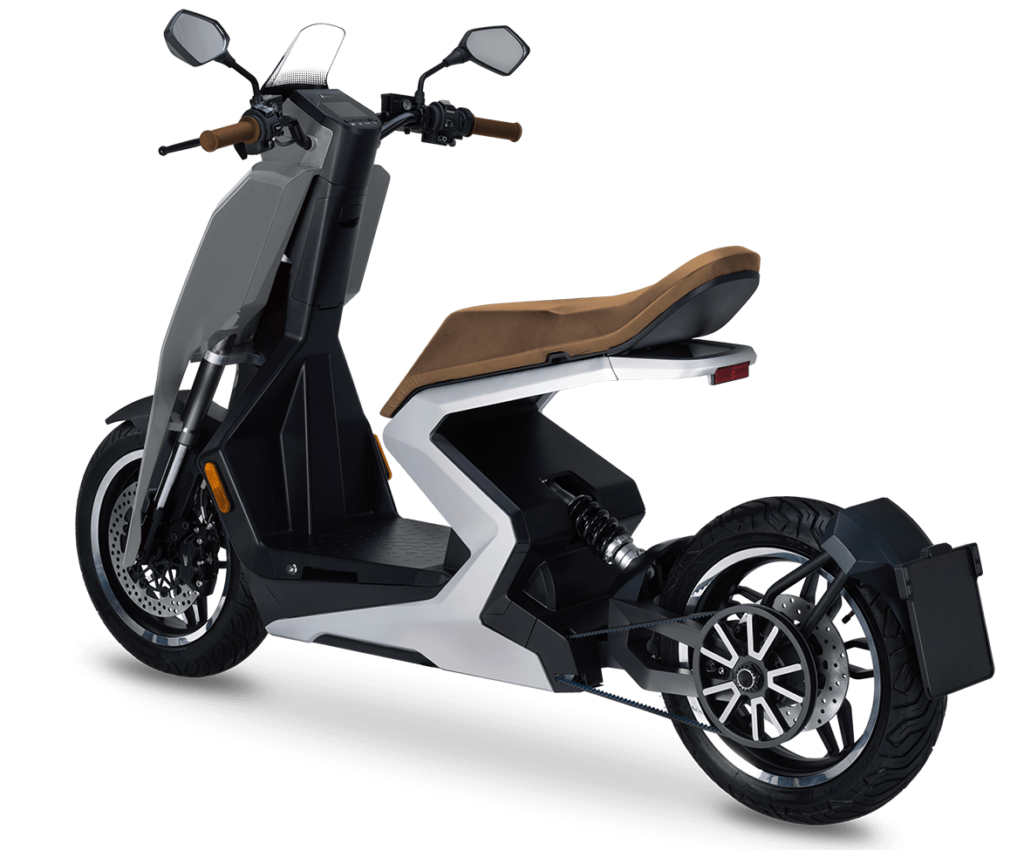
Gita (Jee-ta) Gets A Good Cause
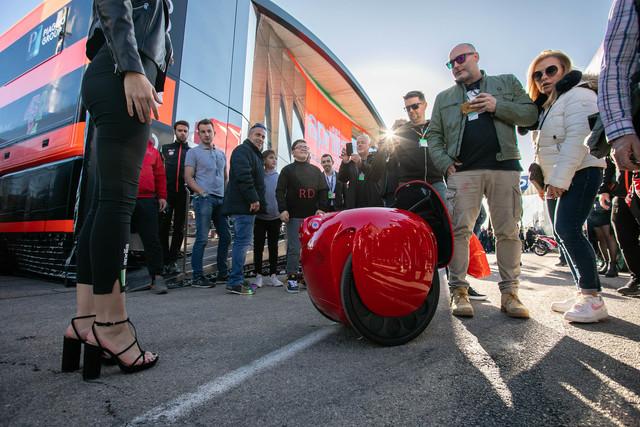
Let The Motosola Move You

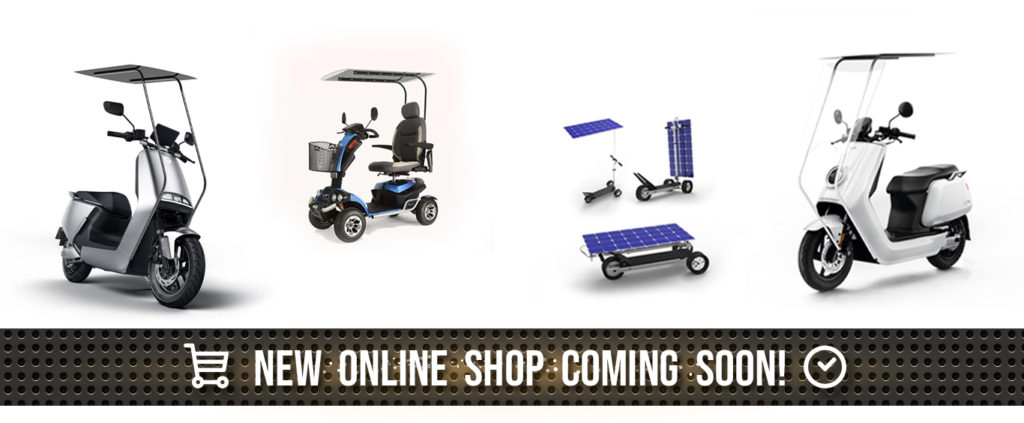
Larger And In Charger

